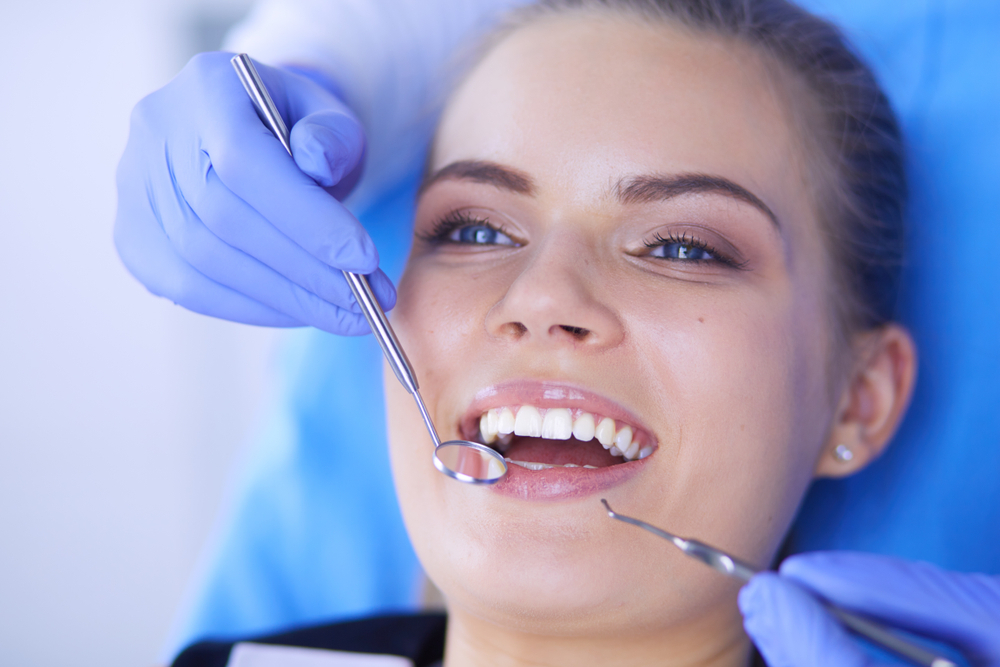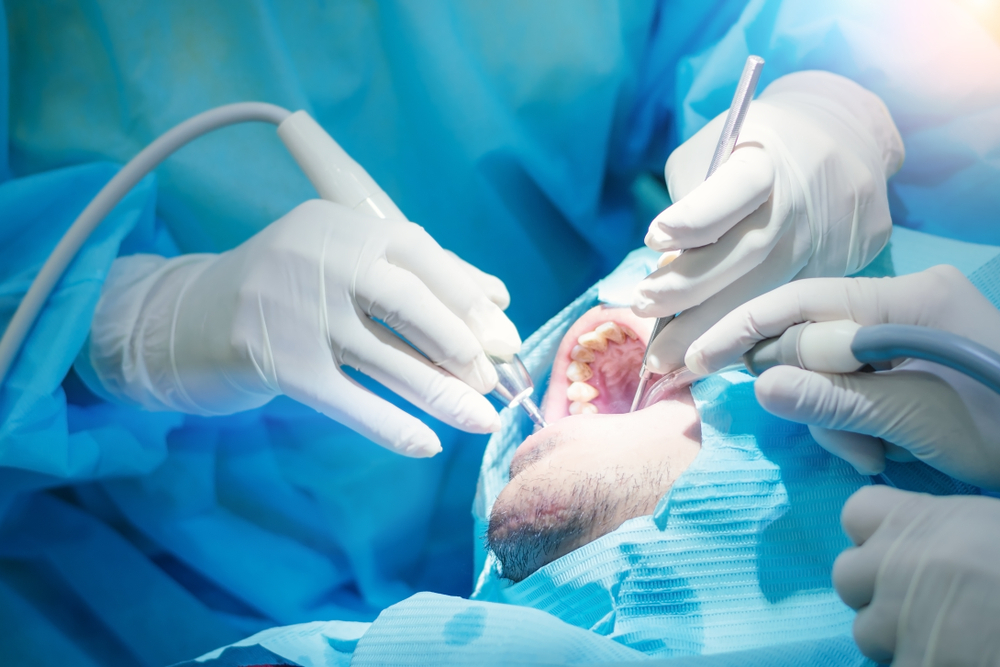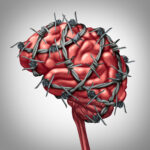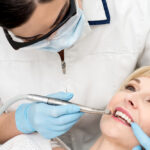Oral health is of utmost importance, and it is vital to address dental issues promptly. One such concern is a dead tooth stay in your mouth, also known as a non-vital tooth. A dead tooth occurs when the dental pulp inside the tooth dies due to trauma, decay, or infection.
Many people wonder about the duration a dead tooth stay in your mouth can remain in the mouth before it requires attention. In this article, we will delve into the lifespan of a dead tooth, potential complications, treatment options, and valuable tips for maintaining optimal oral health.
1. Understanding a Dead Tooth:
A dead tooth refers to a tooth that has lost its vitality and can no longer perform its normal functions. This condition arises when the dental pulp, which contains blood vessels and nerves, becomes infected or damaged.
The dental pulp may die due to severe tooth decay, trauma, or an untreated dental infection. As the pulp dies, the tooth loses its ability to receive nourishment, resulting in its deterioration.
2. Recognizing the Signs and Symptoms:
Identifying a dead tooth stay in your mouth can be challenging, as it may not always cause immediate pain or discomfort. However, several signs and symptoms can help in its identification:
a. Discoloration:
A dead tooth often exhibits dark yellow, gray, or black discoloration, indicating a lack of blood flow and tissue death.
b. Persistent or recurring toothache:
Although the tooth may not be sensitive to temperature, it can still cause occasional or constant pain.
c. Gum tenderness or swelling:
Inflammation in the surrounding gums may occur due to infection.
d. dead tooth stay in your mouth:
A foul odour emanating from the dead tooth stay in your mouth is often a sign of bacterial growth and decay.
3. Lifespan of a Dead Tooth Stay in Your Mouth:
The length of time a dead tooth stay in your mouth can remain in the mouth without causing significant complications varies from person to person. Several factors influence the lifespan of a dead tooth, including:
a. Location of the tooth:
dead tooth stay in your mouth in the front of the mouth are more noticeable due to discoloration, while those at the back may go unnoticed for longer periods.
b. Overall oral hygiene:
Regular brushing, flossing, and professional dental cleanings can delay the progression of dental decay and infection.
c. Individual immune response:
The body’s ability to fight off infections and heal damaged tissues affects how long a dead tooth stay in your mouth can persist.
d. Presence of other oral health issues:
Existing gum disease or untreated dental infections can accelerate the deterioration of a dead tooth.
Generally, a dead tooth can stay in the mouth for several months or even years without causing significant problems. However, it is crucial to note that a dead tooth cannot heal on its own and will eventually require dental intervention.
4. Potential Complications:

While a dead tooth may not initially cause severe pain, leaving it untreated can lead to several complications, including:
a. Infection:
A dead tooth provides an ideal environment for bacteria to multiply, resulting in an abscessed tooth or a dental infection.
b. Spread of infection:
If the infection from the dead tooth’s root extends into the surrounding tissues, it can cause swelling, pain, and potential damage to the jawbone.
c. Gum disease:
The presence of a dead tooth increases the risk of gum disease as bacteria easily accumulate and cause inflammation.
d. Systemic health issues:
Neglected dental infections can potentially contribute to systemic health problems such as cardiovascular disease and respiratory infections.
5. Treatment Options:

To address a dead tooth and prevent further complications, various treatment options are available:
a. Root canal therapy:
This procedure involves removing the dead pulp, disinfecting the tooth’s interior, and sealing it to prevent future infection. Root canal therapy allows the tooth to be saved and maintained in the mouth, even though the pulp is no longer vital. This treatment option is often preferred as it preserves the natural tooth structure.
b. Extraction:
In cases where the dead tooth is extensively decayed, infected, or causing significant pain, extraction may be necessary. During extraction, the tooth is carefully removed from its socket. After extraction, replacement options such as dental implants, bridges, or dentures can be considered to restore the appearance and functionality of the missing tooth.
c. Antibiotics:
If there is an active infection associated with the dead tooth, your dentist may prescribe antibiotics to control the spread of bacteria and alleviate symptoms. Antibiotics are typically used in conjunction with other dental treatments to eliminate infection and promote healing.
d. Regular dental check-ups:
Routine dental visits are essential for monitoring the health of your teeth and detecting any issues, including dead teeth, at an early stage. Your dentist can assess the condition of the dead tooth and recommend the appropriate treatment. Regular cleanings and examinations also help prevent complications and maintain overall oral health.
6. Maintaining Oral Health:

Preventing the occurrence of dead teeth and promoting oral health is crucial. Here are some tips to help maintain a healthy mouth:
a. Practice good oral hygiene:
Brush your teeth at least twice a day with fluoride toothpaste and floss daily to remove plaque and prevent tooth decay. Proper oral hygiene reduces the risk of dental issues, including dead teeth.
b. Limit sugary and acidic foods:
Minimize your consumption of sugary snacks and drinks, as they can contribute to tooth decay. Acidic foods and beverages can erode tooth enamel, making teeth more susceptible to decay and infection. Choose a balanced diet that includes plenty of fruits, vegetables, and dairy products to support oral health.
c. Wear protective gear during physical activities:
If you engage in contact sports or activities that pose a risk of dental trauma, wear a mouth guard to protect your teeth from injury. Mouth-guards provide a cushioning effect and minimise the risk of tooth damage.
d. Seek prompt dental care:
If you experience any dental pain, tooth sensitivity, or signs of infection, seek dental care promptly. Early intervention can prevent the progression of dental issues and potentially save a dead tooth stay in your mouth from becoming dead.
Conclusion:
A dead tooth stay in your mouth can remain in your mouth for varying periods, depending on individual factors such as oral hygiene, location of the tooth, and overall health. However, it is crucial to address a dead tooth sooner rather than later to prevent complications such as infections and gum disease. Regular dental check-ups, proper oral hygiene practices, and timely intervention by a dental professional are essential for maintaining oral health and addressing any dental issues promptly.
Remember, a healthy mouth contributes to your overall well-being, so prioritise your dental health for a confident smile and optimal oral health. By taking proactive steps and seeking professional dental care, you can ensure the longevity of your teeth and enjoy a healthy smile for years to come.







